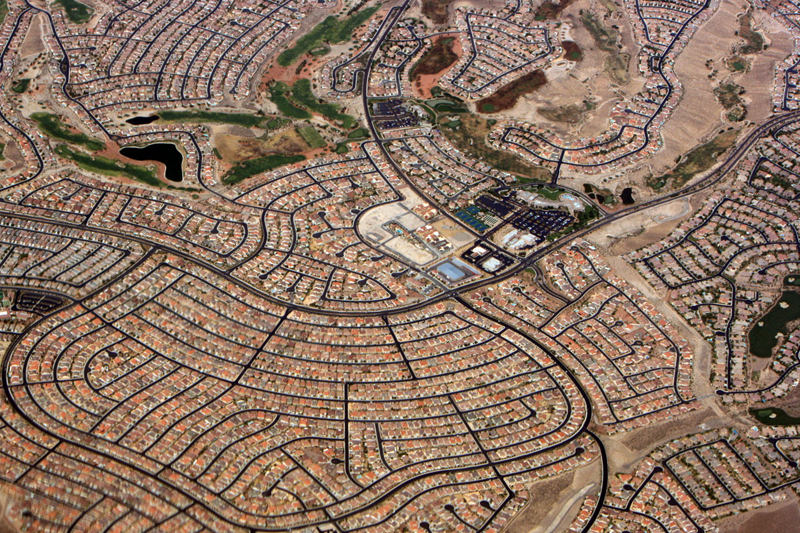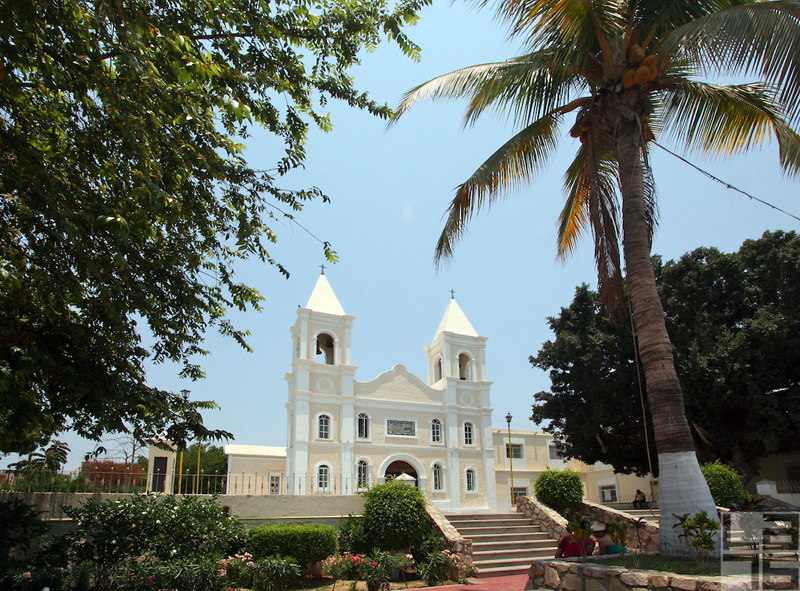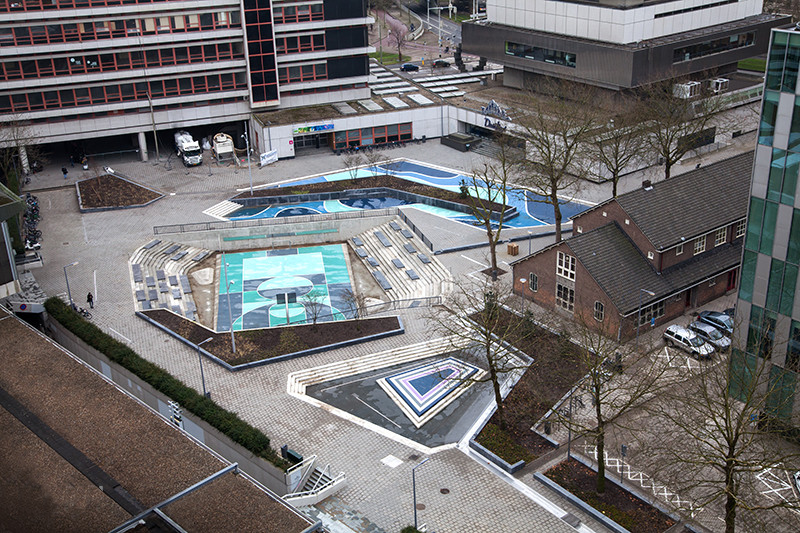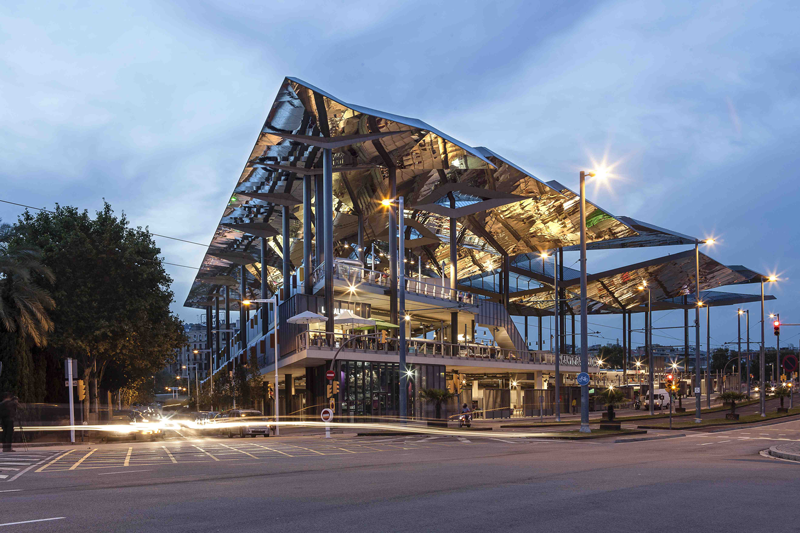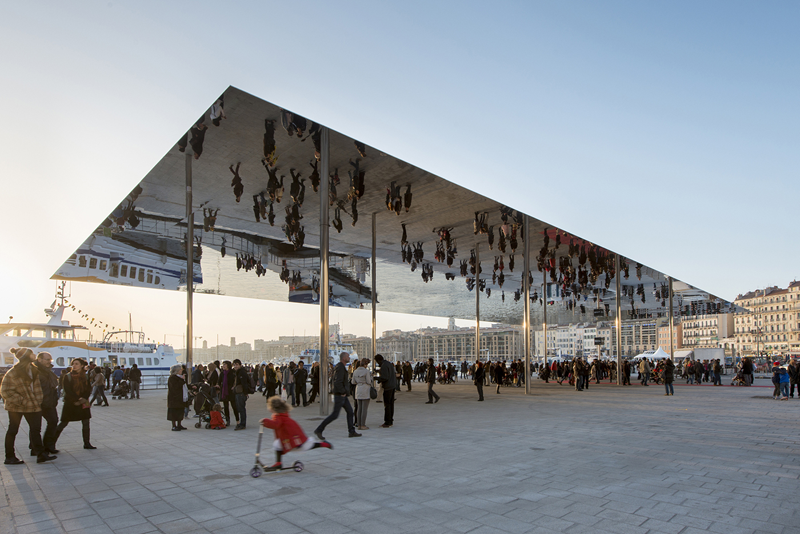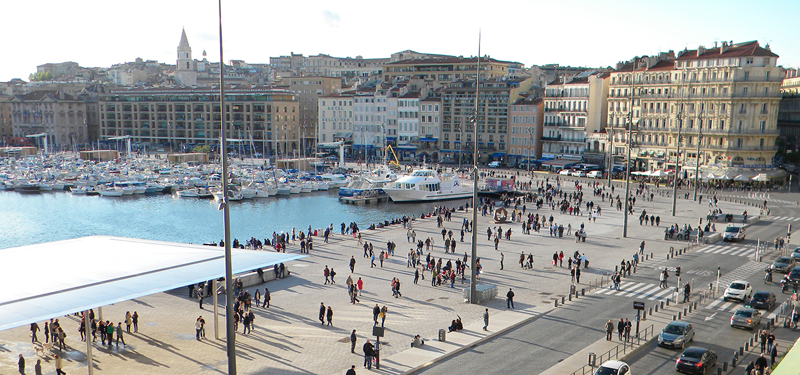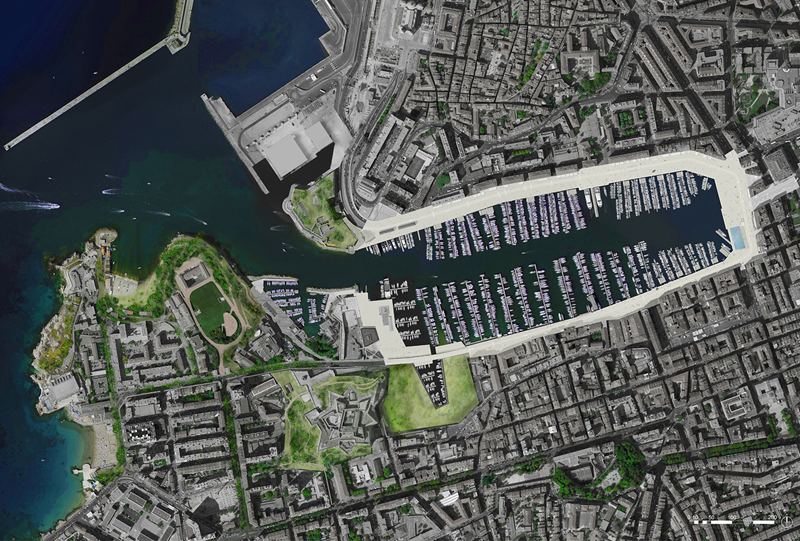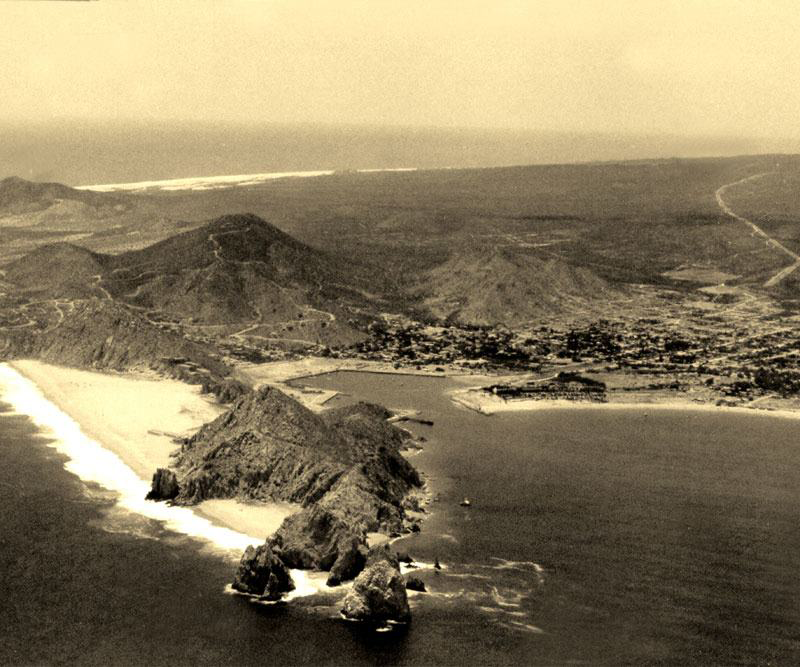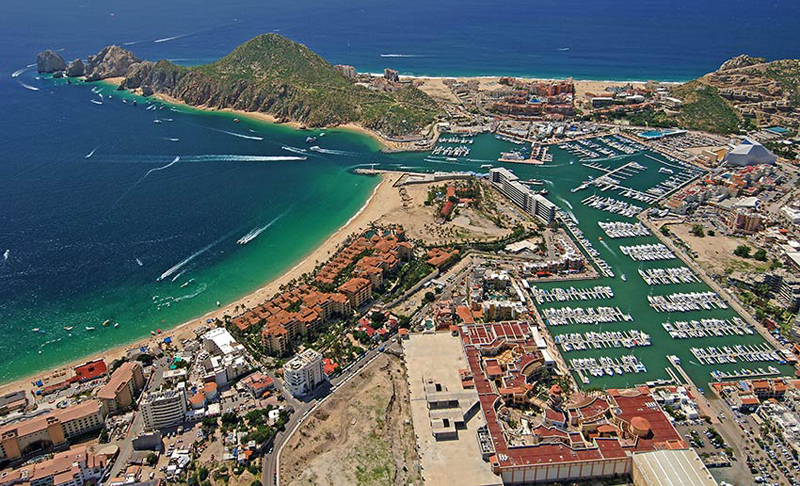// july 28th, 2014 //
(Para la versión en español da click aquí)
Historically (or better said: “traditionally”) there has always been in cities a tension center-periphery in relation to the specific urban planning of each of this entities. The suburbs have a “spontaneous” nature and centers a “worked” nature; and a worked nature in the purest “Koolhaas” sense, who tells us that most urban centers today have a style that is repeated from town to town, a generic style, something that (Koolhaas mentions) prevents us from “recognize life” off center. And when we say “life” we mean quality of life (whatever that means in different cultures and idiosyncrasies around the world, let’s try not to be modernists here).
We are then talking about peripheries normally complexed by not having the apparent texture and “depth” of the center, which is like saying that equitable urbanism would be able to restore happiness in neighborhoods. There are many examples in which the dignity of the neighborhoods is restored through urban interventions, whether the location of key buildings for the operation of the city or even the generation of quality public spaces has dignified neighborhoods around the world and solidified urban fabric of the cities that are a part. Gifts to the neighborhood and its inhabitants which recognizes them as “first class neighbors” within their city.
Urbanism is not innocuous. In this type of interventions, the applied principle(defined by Oriol Bohigas) is to “monumentalize the periphery”, as these interventions in districts hitherto ignored, gives them a character, customization, and a “home” identity which brings pride and identification to neighbors. “This is my home,” we extend the domestic concept to eventually cover the whole neighborhood. This feeling, which nourishes and articulates neighborhoods, is difficult to achieve in the centers, precisely because the center is for all, including tourists, and that just depersonalize even the most entrenched centers.
The European Prize for Urban Public Space (2014 edition) was recently celebrated, and this year took the title of “Shared Cities”. Among the finalists of this edition is the intervention of the Encants market in Barcelona (a space traditionally occupied by a flea market “dignified” through an architectural intervention), as also a fun square in Rotterdam (the birth city of Koolhaas), which conserves water when it rains as a decorative layer of the square and when there is no rain it turns into an amphitheater for other events.
The winning project of this edition, however, is the renewal of the Vieux Port of Marseille. Before delving into this, let’s remember the importance that ocean fronts have in the European urban space of recent years, triggered perhaps since the great urban intervention in Barcelona for the 1992 Olympics, and infected after that to almost all of Europe.
The Marseille Vieux Port is a magical place, as are all well-managed urban ports and ocean fonts. Its main virtue (as it was the intervention in Barcelona for the 92 Olympics) is to open the city space to the sea. Especially by freeing access to the docks -before colonized by nautical clubs-, eliminating barriers and fences, clearing the environment of obstacles and enabling, in short, that people reach the edge of the ocean, sit with their feet dangling and admire the view.
Before the intervention, the nautical clubs that cramped the Old Port with visual and physical barriers, prevented the general public to access almost 80% of the docks, where also, the preference to cars scared the pedestrians away
Making a rough analogy with Cabo San Lucas, we will say that the city began like that, open to the ocean, and after became fenced, locked, sold and all suitable surfaces constructed (and many half-built), without missing it’s own mall which, to tell the truth, do not functions as expected. Between the clear look of Marseille and the obstruction of all volumes that come together in Cabo San Lucas there is a distance that is not merely conceptual but political.
In today’s Baja California Sur everything built (and everything to be build) is seen as speculation and rarely planned within an overall urban image. However the urban success lies, contrary to mainstream logic, in the empty space.
The problem is to keep this image of “orphan” buildings with empty squares and arroyos. Added to that, the city government frivolity do not understand other mechanisms of development (social, cultural, economic) than real estate speculation.
People today look at the void and says it is “empty”. We have been taught that full, built, and saturated are a good thing.
There is controversial unfinished buildings in strategic locations of Los Cabos, which are at the eyes of visitors and citizens, “empty” spaces. If we could transform, regenerate, these empty spaces, they could become “open” and inclusive spaces with the necessary characteristics to become icons of the city. They could become a space to fit things that do not fit anywhere else.
The silence and the desert are also urban quality, if the environment is safe, if there is quality transport & mobility, if you have specific uses for those specific areas. Speculation is to overload with uses spaces that make you fall in love with when they are empty. I think we start to miss the voids, the empty space, especially in Los Cabos during high tourist season, and perhaps we will begin to value them when it is too late.


